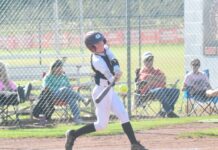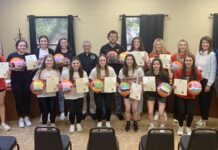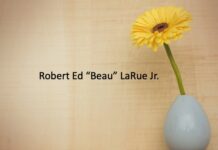While many bugs serve an important role in things such as pollination and population control of other insects, some of these pests can create problems when we want to relax in our garden or in our backyard. Wasps are definitely unwanted guests around almost any home. They are typically much more aggressive than bees and can be quite a bit more dangerous.
I enjoy having bees in our garden, watching as they do their job pollinating from plant to plant. Unlike the bee, wasps don't pollinate a great deal. For these reasons, wasps are typically not welcome and exterminators are often brought in to eradicate the area. Instead of calling an exterminator, here is a quick do-it-yourself way to rid your garden and backyard of wasps this summer. It's environment friendly and very inexpensive.
The tools needed to create a bee friendly wasp trap are clear packing tape, an empty 2-liter bottle, a knife, and a solution of vinegar, sugar and salt.
Because bees don't seem to care for the sour smell of the vinegar, they should stay clear of the trap, while the wasps flock to it. It's important to place your trap a good distance from normal traffic of household pets and people, especially children.
First, cut the top 1/4 to 1/3 of the empty bottle off and turn it over, placing the top upside down inside the base of the bottle. This will create a funnel for the solution to be poured into the base. It will also provide entry to the base for the wasps that will trap them inside.
With the top placed upside down in the base, secure it in place with the tape. Packaging tape will work best because it is highly adhesive and waterproof.
With the bottle trap made, begin creating the sweet and sour solution by mixing together the vinegar with a tablespoon or two of sugar and a teaspoon or two of salt. A small amount of water can be added to dilute the vinegar but isn't necessary.
Pour the solution into the bottle through the funnel top. Make sure that the solution does not fill the base to the lid. The wasps need to completely enter the bottle in order to get trapped. In order to ensure that any escaping wasps die, a small amount of liquid laundry soap can be added.
This wasp trap isn't likely to destroy an entire nest of wasps, unless you happen to kill the queen. However, it should greatly reduce the amount of wasps congregating around your home.
Empty the trap regularly and be very careful to dispose of the dead wasps properly. The best way to safely dispose of them is to pour very hot water into the bottle to ensure that all of the wasps are dead and then flush them down the toilet. Dead wasps can still emit a chemical that notifies the colony, so disposing of them in this manner will not attract the others.




























